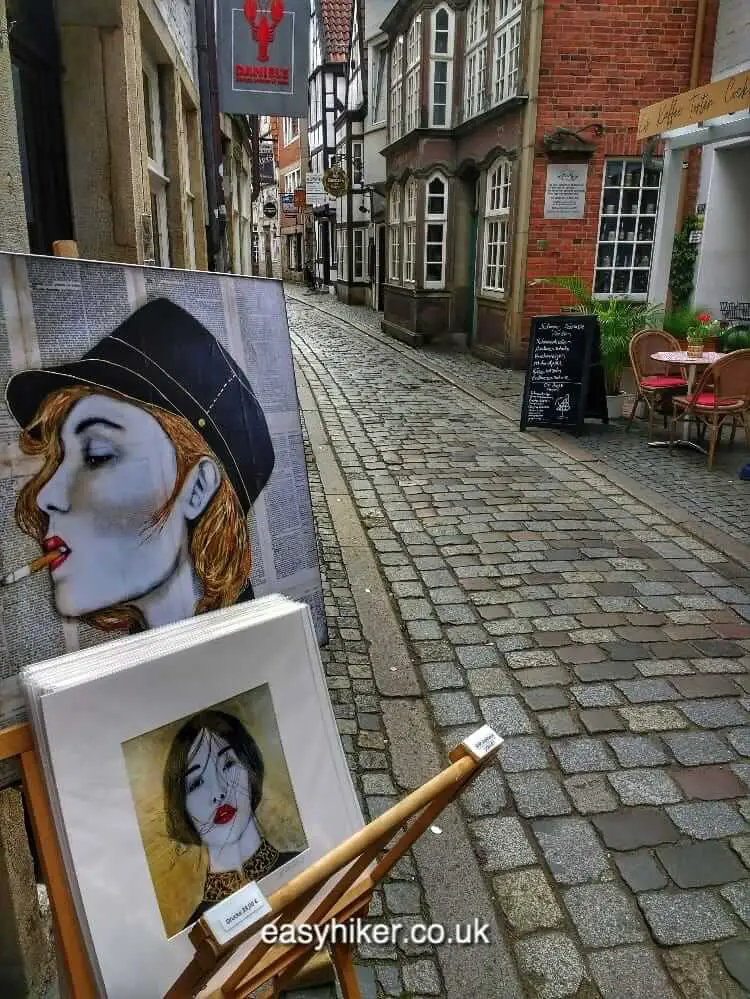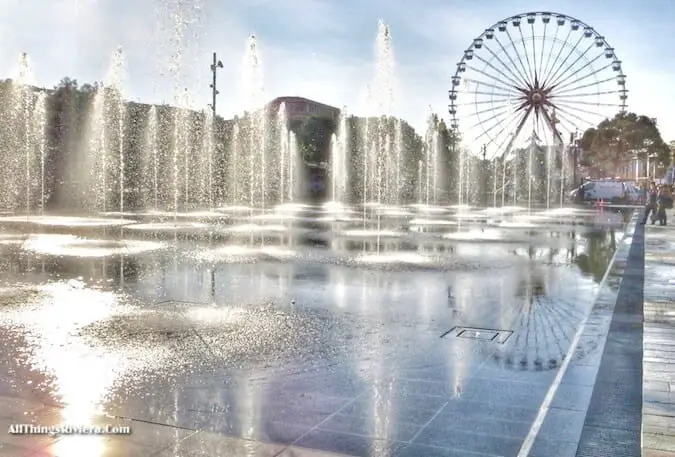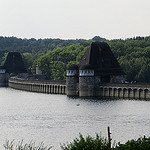Street art works best as a visual counterpoint. It needs something it can aggressively challenge, an urban environment that provides some bite into which it can sink its sharp teeth.
This is why street art looks best either in organically grown streets of historic buildings or in an architectural setting of geometrically austere glass-and-steel constructions. The perfect environment for street art, it follows, would therefore be a cityscape that is both historic and futuristic at the same time.
Something like the City of London.
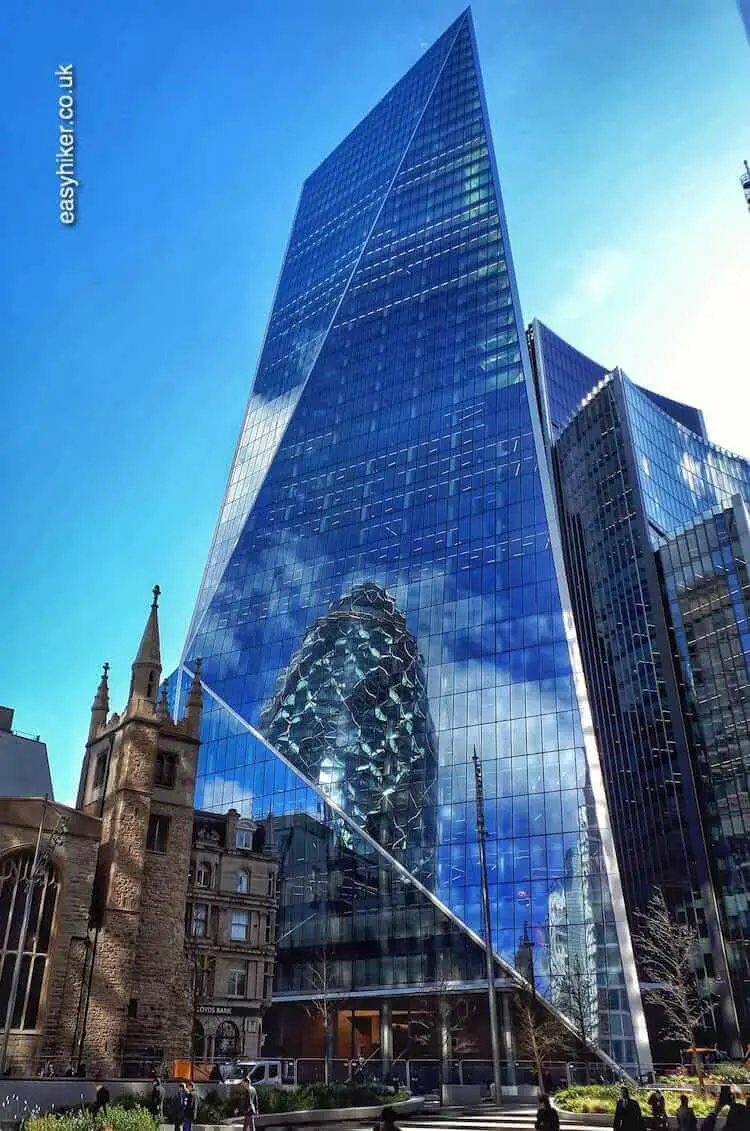
Which is exactly what makes London’s Sculpture in the City project such a fascinating enterprise. Every year, artists are invited to display their works in the streets and squares of London’s business district.
Discovering street art in the City of London
Currently on show is the project’s 2018 edition, the 8th of the series. Until the end of April, you can still see the works of world-famous artists such as Tracey Emin who is represented with one of her celebrated neon sculptures …
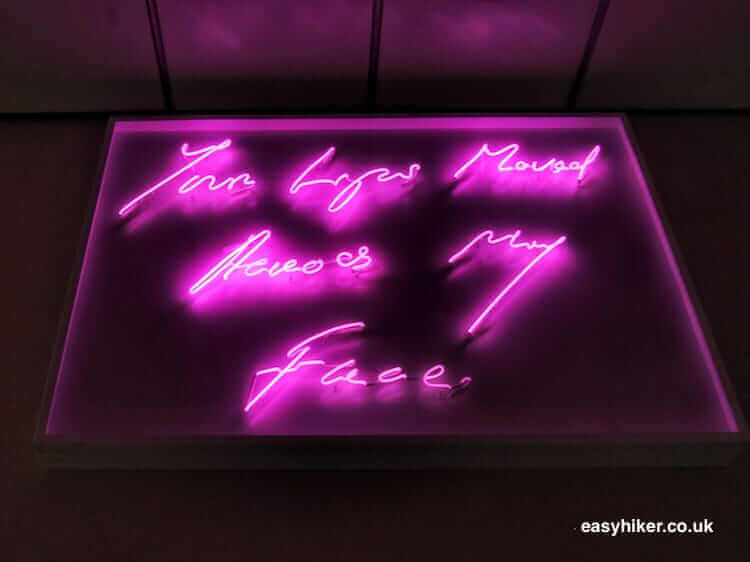
… and Marina Abramovic who contributed a sound sculpture – birdsong in a tree – that was originally conceived in 1968 for a location outside the social club of Marshall Tito’s secret police in what was then communist Yugoslavia.
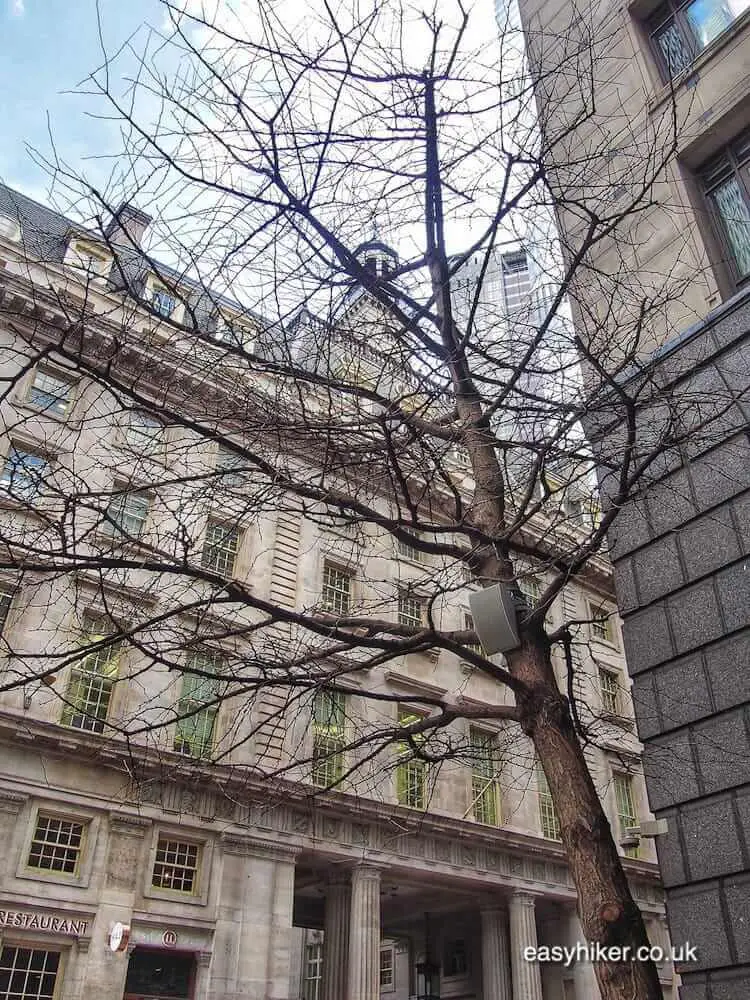
The current exhibition’s most famous work, however, is the Korean artist Do Ho Suh’s Asian House that appears to have crash-landed on a City footbridge having fallen straight from the sky.
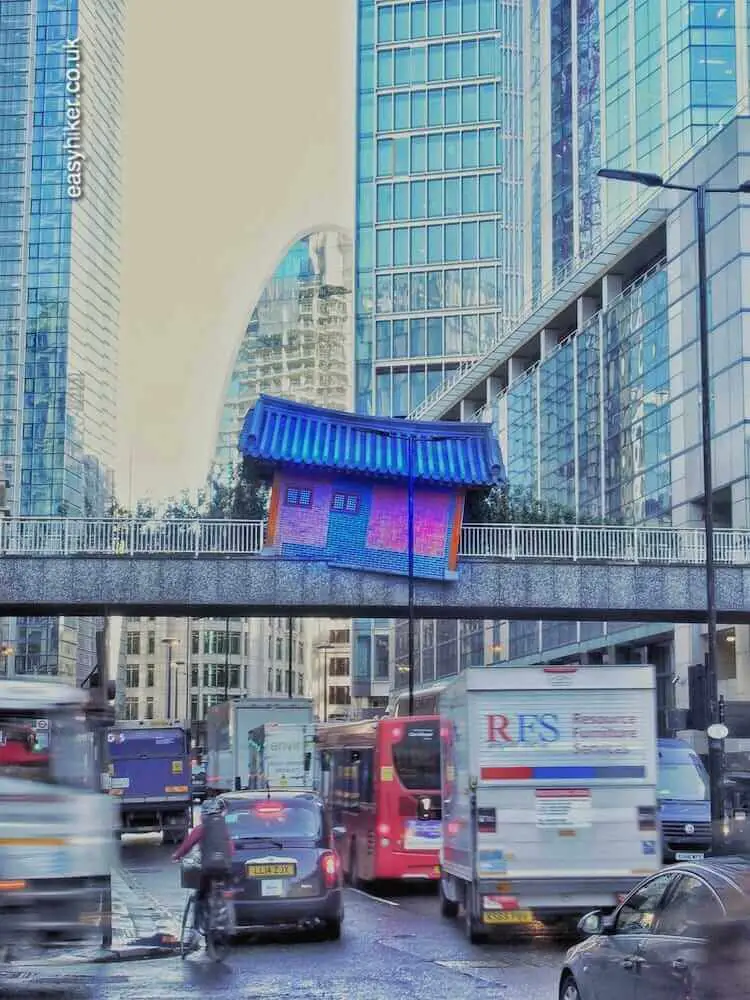
The open-air show originally featured 18 exhibits, one of which has since been dismantled. The remaining 17 works are scattered over a relatively small area within the City of London and can be visited for free and at any time of the day – which is a great offer for art lovers, but equally great for everybody who likes a treasure hunt.
Because looking for street art in the City of London’s often confusing warren of back streets and hidden squares can be as much fun as actually looking at them.
This is why we recommend to navigate your route aided by only the pictures of the artworks on the project’s website and by the website’s map which gives you an idea of where to look while leaving any further details intriguingly vague.
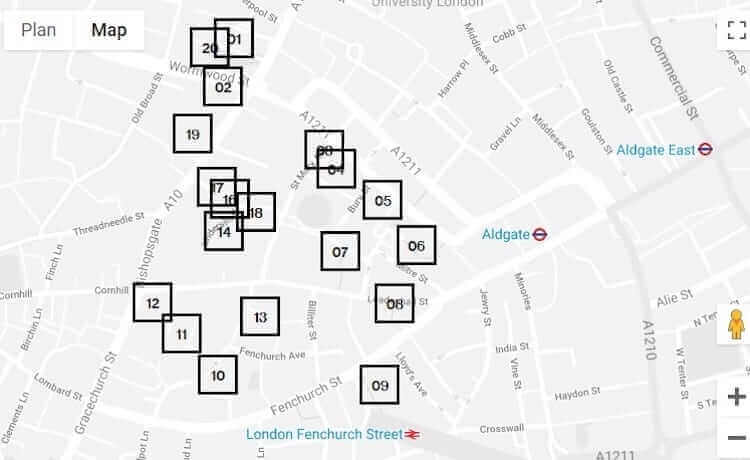
Only as a last resort should you click on the pictures of the artworks to find descriptions of their exact addresses, right next to a paragraph or two with explanations of the artworks themselves.
There is no need to worry: most of the sculptures are fairly easy to find, due to their scale and their dimension alone.
It would, for example, be difficult to miss Sarah Lucas’s Perceval …
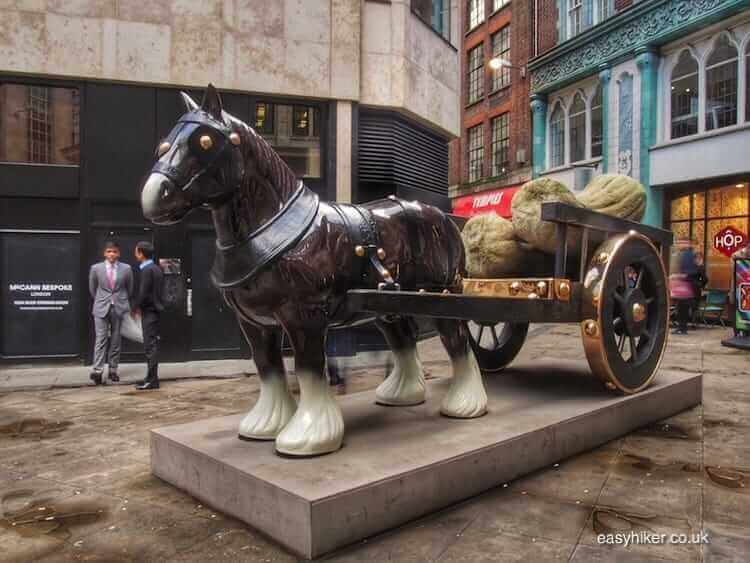
… or Nancy Rubins’s Crocodylius Philodendrus.
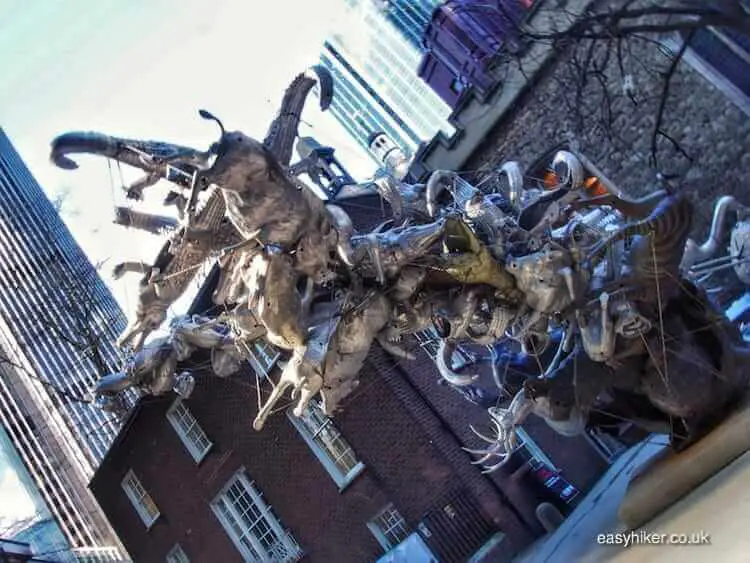
Only a few of the works will actually cause you problems, having been stashed away in narrow back streets (Clare Jarrett’s Sari Garden)…
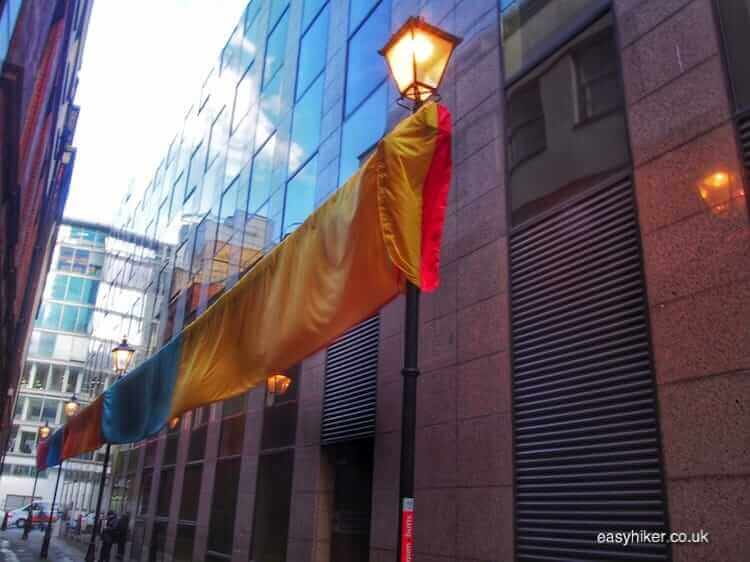
… and doorways (Miroslaw Balka‘s sound sculpture The Great Escape) …
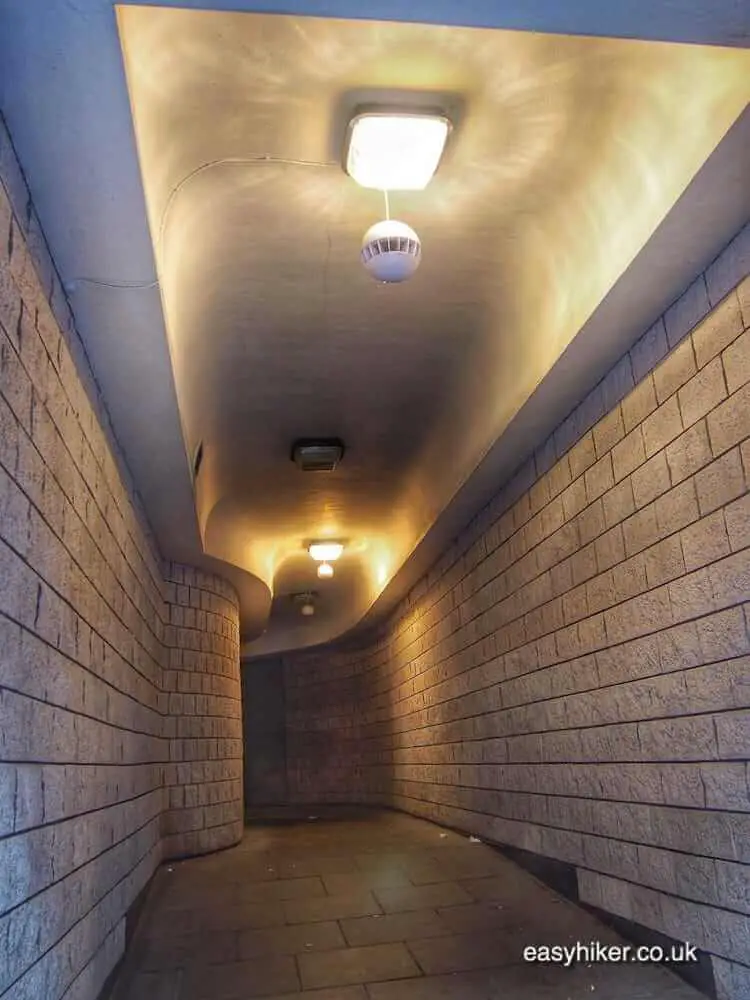
… or having been placed outside your normal line of sight like this note of defiance from Shaun C. Badham.
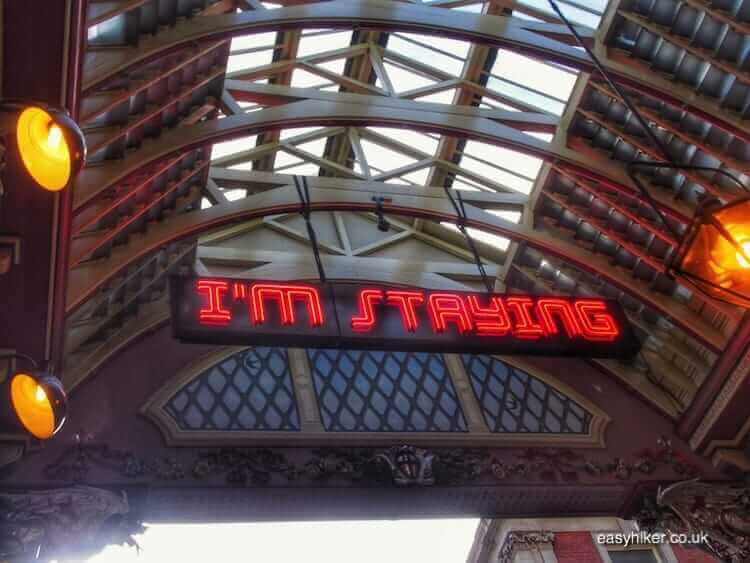
The show is confined to London’s insurance district south of Liverpool Street station. This part of the City is dominated by the magnificent Lloyds building, designed by Richard Rogers in 1986 and still looking as breathtakingly bold as ever.
Here is our advice in navigating the street art in the City of London: develop your own route from artwork to artwork by studying the map (and by improvising as you go along), enjoying the inevitable reiterations that will familiarize you thoroughly with the area.
At the end of the tour, you will proudly know your way around this part of London’s City as though you were a local. That is one bonus.
Another is that you will find many things that are not on the itinerary as such, including the Victorian Bath House …
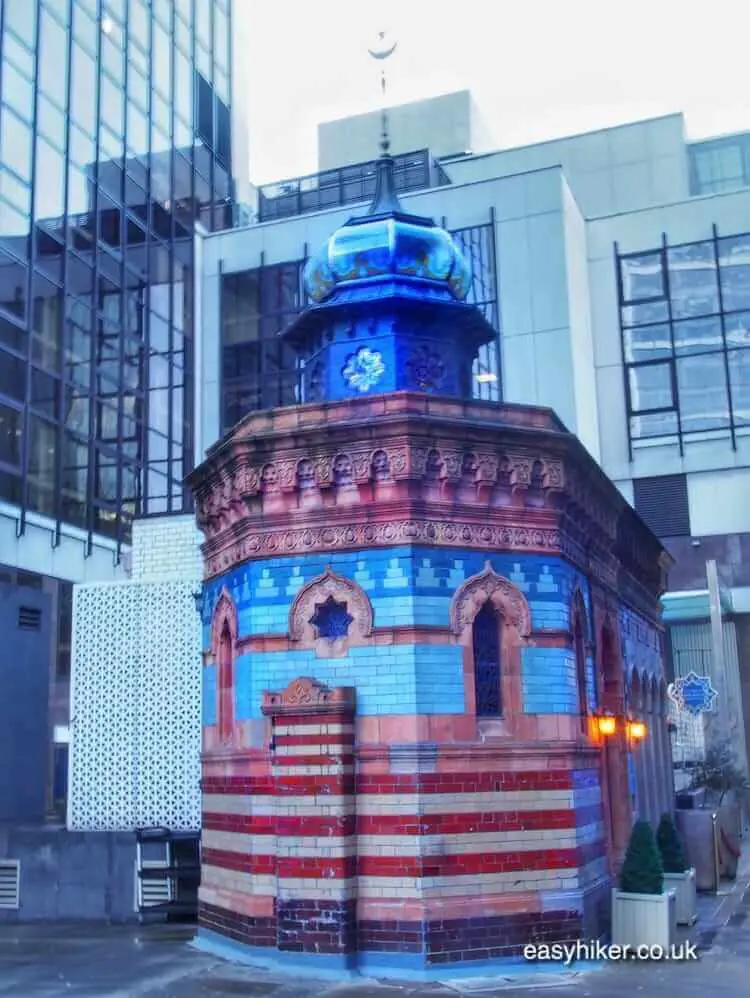
… and the site of the first synagogue that was built in London following the readmission of Jews to Britain in the 1650s.
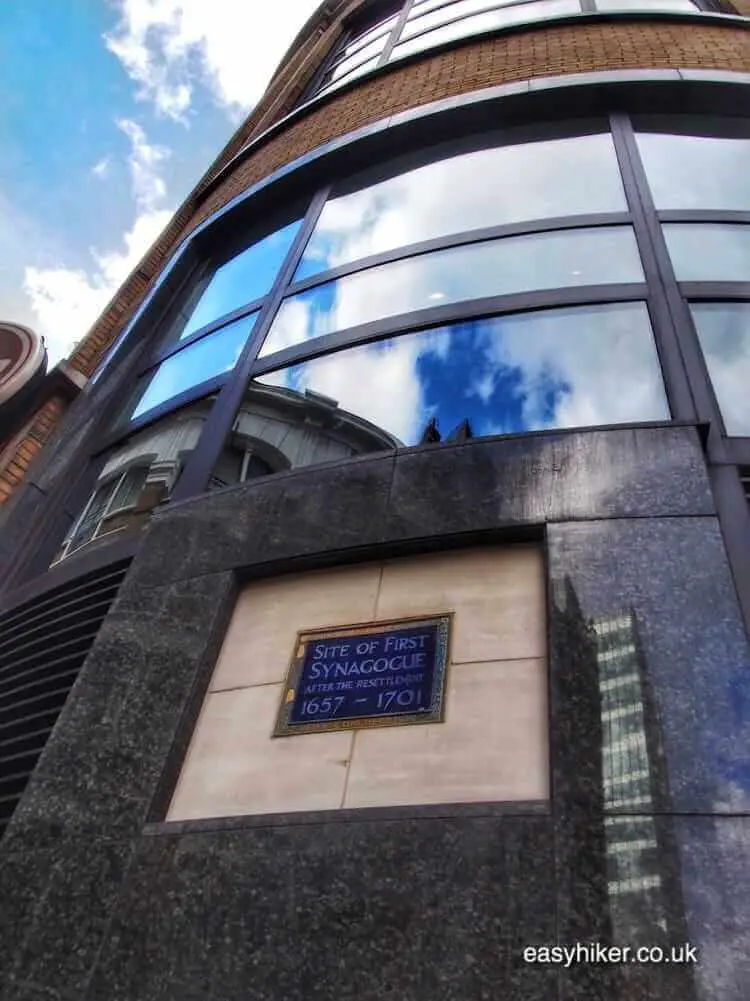
Feel free to award yourself extra points for those two if you approach the Sculpture Tour as a game.




